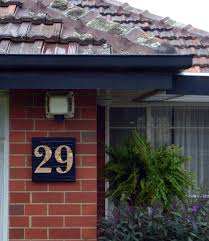Good Reasons to Sell in November
Monday, November 5th, 2018Next to January and February, November might just be one of the year’s most hated months.
Its drab and rainy weather does little to endear us, as does its call to winter with cooler temperatures, unwelcome snow and dreaded ice. There aren’t even any terrific holidays this month to buoy us out of our seasonal-related misery. And for some of us, it’s a time to start stressing about the coming holiday season and all the excessive consumption that entails.
But November is not all doom and gloom. When it comes to real estate, in fact, it may be one of the best months to sell your house. Here’s why:
Quick sale

If you’re looking for a transaction that is fast November is a good time to list your property. People who are looking now are likely more serious and motivated. As a result, they tend to have more urgency so a quick sale that can get you out of your current home before, say, Christmas might just be possible. Know this: if buyers are trudging through snow, ice and generally crummy weather conditions, they mean business.
You’re an introvert
You don’t really like people very much so the prospect of having hundreds of potential buyers traipsing through your door is enough to send you over the edge. Selling your home in November definitely means you’ll have to contend with strangers but the numbers will be far less than in the spring market.
Less competition
Real estate inventory shrinks from about November to January and while that sounds like an unlikely scenario for successful sales, just the opposite is true. You may be even more so in the driver’s seat as a seller with less competition during this time. In fact, sellers might find they can get prices they could not command previously.
Seasonal splendour
Not everyone hates fall and winter. Each of those seasons showcases a unique and remarkable beauty unto its own. Don’t let cooler temps or drizzle get you down. As a seller, play up the loveliness of fall and winter. Adorn your front door with a seasonal wreath or favourite decoration. Let your garden spotlight the charm of the season with fall and winter blossoms and the changing colour and shapes of foliage. Your efforts will be appreciated.
Sources: www.time.com, www.ctvnews.ca,








